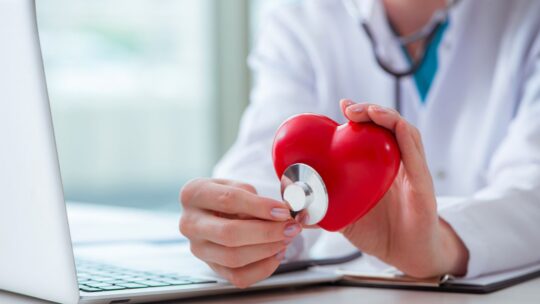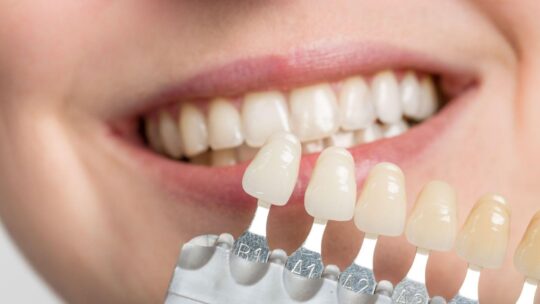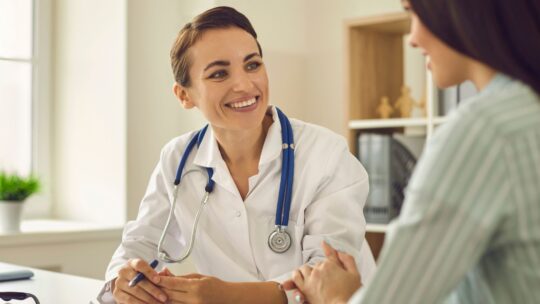
Healthy routines are essential for fostering wellbeing and productivity within families. Historically, families have always thrived on structure, with routines helping to create stability and balance. In recent years, as life has become faster-paced and more demanding, maintaining consistent routines has become even more important. Establishing positive daily habits can significantly reduce stress, improve physical health, and boost mental clarity. Healthy routines, such as regular family meals, exercise, and downtime, help create an environment where each member can thrive. These habits not only promote individual health but also strengthen family bonds, improve communication, and increase overall productivity. With a well-structured routine, families can create a foundation for healthier lifestyles and more fulfilling lives, ensuring that everyone is able to prioritize both their physical and mental wellbeing.
Benefits of Healthy Routines
Healthy routines offer numerous benefits that help improve both individual and family wellbeing. By establishing regular habits, families can create a sense of stability, reduce stress, and enhance overall productivity.
Some of the key benefits include:
- Improved physical health from regular exercise
- Better sleep quality with a set bedtime
- Enhanced mental clarity and focus
- Increased energy levels throughout the day
- Reduced stress through structured time management
- Stronger family bonds from shared activities
- Greater sense of accomplishment and routine
When families commit to healthy routines, it helps to foster positive habits that last. These routines reduce the unpredictability of day-to-day life, making it easier for family members to manage responsibilities and prioritize self-care. Whether it’s scheduling regular family meals, outdoor activities, or dedicated time for relaxation, creating these routines ensures that everyone is able to maintain a balanced lifestyle. This consistency can lead to happier, healthier family dynamics and improved performance in all areas of life.
Morning Routines for Success
A well-organized morning routine is crucial for setting the tone of a productive and positive day. When families establish structured morning habits, it helps everyone feel more prepared and less rushed, reducing stress right from the start. A calm, organized morning allows for smoother transitions into the day’s activities, fostering a sense of control. Key to this is having a designated area for organizing daily essentials, which helps everyone find what they need without chaos. For example, Reliable NSA Storage Facilities provide a great solution for storing items like backpacks, sports equipment, or work gear, ensuring that these things are easily accessible when needed. A well-planned morning routine also encourages healthy habits, such as family exercise or a nutritious breakfast, which provide the energy needed to take on the day. Over time, these routines help set the pace for a productive, positive day for every family member. By prioritizing the morning, families can establish a rhythm that not only improves productivity but also strengthens relationships, as family members begin the day together with purpose. This structure builds a foundation for success, creating an atmosphere where everyone feels supported and motivated to tackle their responsibilities.
Note: The idea of morning routines goes back centuries, with historical figures like Benjamin Franklin advocating for structured days to maximize productivity and well-being.
Nutrition and Family Health
Proper nutrition plays a pivotal role in boosting family health and overall well-being. When families commit to eating balanced, nutritious meals, it not only improves physical health but also supports mental clarity and emotional stability. Preparing healthy meals together encourages family bonding and provides an opportunity to teach children about the importance of good nutrition. Eating regular, well-balanced meals with a variety of fruits, vegetables, proteins, and whole grains ensures that everyone gets the necessary vitamins and nutrients to stay energized and focused throughout the day.

By making time for nutritious meals, families can help prevent common health issues such as obesity, diabetes, and heart disease while also boosting their immune systems. Additionally, when families take the time to plan and prepare meals together, it reduces the likelihood of relying on unhealthy, processed foods, which are often linked to various health problems. Eating as a family also promotes better digestion and healthier eating habits, fostering a more mindful approach to food. These healthy habits are carried into other areas of life, creating a ripple effect of wellness that benefits everyone in the family. By prioritizing nutrition, families not only nourish their bodies but also improve their overall quality of life.
Exercise and Active Living
Exercise is one of the most important elements of a healthy routine, and it can have a powerful impact on family well-being. Engaging in physical activity together as a family helps to foster a sense of unity while improving both mental and physical health. Families who prioritize regular exercise experience better overall health, increased energy, and improved moods.
Some benefits of incorporating exercise into family life include:
- Improved cardiovascular health
- Better sleep quality for everyone
- Reduced stress and anxiety
- Increased physical strength and flexibility
Exercise doesn’t have to be complicated or time-consuming. Simple activities like family walks, bike rides, or dancing to music can have a big impact. By making physical activity fun, families are more likely to stick with it, creating a habit that benefits everyone. Not only does regular exercise promote physical health, but it also helps to strengthen family bonds and encourages positive behaviors in children. By setting an example of an active lifestyle, parents help children form lifelong habits that prioritize movement and health. This creates an environment where everyone is motivated to stay active and embrace healthier lifestyles together.
Insight: Regular exercise is key to improving both physical and mental health. It doesn’t need to be intense to be effective. Simple activities like walking or playing outside can help create a healthier, happier family dynamic while encouraging lifelong habits of physical activity.
Mental Health and Stress Relief
Taking care of mental health is just as important as physical health for a well-rounded family routine. Regular practices like mindfulness, meditation, or simply spending quality time together can help reduce stress and improve emotional well-being.

By incorporating relaxation techniques into daily life, families can strengthen their emotional resilience and support each other during challenging times. Healthy mental habits not only improve individual well-being but also foster a supportive, positive atmosphere at home.
Creating Lasting Wellbeing
Healthy routines build a strong foundation for long-term family well-being. By consistently prioritizing exercise, nutrition, and mental health, families can experience ongoing improvements in their physical and emotional health. These routines not only create a more organized and efficient lifestyle but also foster a positive, supportive environment. Over time, these habits become second nature, allowing families to thrive, stay connected, and face challenges together with resilience and strength.




























 A crooked smile can often be more than just a cosmetic concern. Crowded teeth can lead to a variety of oral health issues, such as difficulty in cleaning, increased risk of tooth decay, and even gum disease.
A crooked smile can often be more than just a cosmetic concern. Crowded teeth can lead to a variety of oral health issues, such as difficulty in cleaning, increased risk of tooth decay, and even gum disease. While extracting healthy teeth may seem daunting, it is a practical solution for extreme cases of crowding. Removing teeth can relieve overcrowding, reduce stress on the jaw, and facilitate more effective orthodontic treatment options.
While extracting healthy teeth may seem daunting, it is a practical solution for extreme cases of crowding. Removing teeth can relieve overcrowding, reduce stress on the jaw, and facilitate more effective orthodontic treatment options. This option is most effective for individuals with minor crowding or those who have experienced slight shifts after previous orthodontic treatment. Retainers are non-invasive, affordable, and easy to use, making them an attractive solution for minor adjustments. However, they are unsuitable for moderate or severe cases and should be used under the guidance of a dental professional.
This option is most effective for individuals with minor crowding or those who have experienced slight shifts after previous orthodontic treatment. Retainers are non-invasive, affordable, and easy to use, making them an attractive solution for minor adjustments. However, they are unsuitable for moderate or severe cases and should be used under the guidance of a dental professional.




 Life’s too short to stay still, right? Whether scaling mountain peaks, surfing wild ocean waves, or simply powering through a high-energy day, you need something that fuels your fire without slowing you down. Those are the situations where kratom shots come in handy. These compact, energizing shots create waves in the wellness world, especially for those who thrive on adventure and action.
Life’s too short to stay still, right? Whether scaling mountain peaks, surfing wild ocean waves, or simply powering through a high-energy day, you need something that fuels your fire without slowing you down. Those are the situations where kratom shots come in handy. These compact, energizing shots create waves in the wellness world, especially for those who thrive on adventure and action.

















